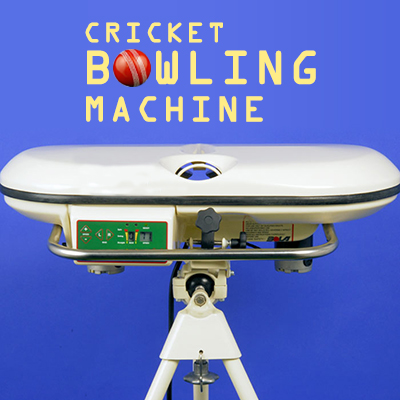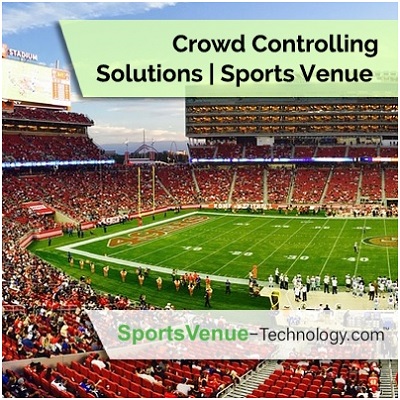Articles
Personal Mobility Vehicles for Sport Venues

In venues technology has widened its wings, as well the occupancy has increased beyond expectations and the result is the very large venues in space / area. However, venue management thrives for successful venue operations management. This success replicates the success and specialty of venues other equipment, arrangements and the event as a whole.
In venue operations, a lot of co-ordination between venue personnel is required. This need to be managed based of the purpose, event and venue setting. Co-ordination that requires communication can be fulfilled with different communication devices and network. But when the co-ordination and management requires the venue personnel mobility in these very large venues, challenge emerge interms of mobility, time management and many more. Here comes the role of personal mobility vehicles. The trend of these personal mobility vehicles started at Golf clubs. Slowly, venues realized the scope for these vehicles and yielded the benefits. However, different personal mobility vehicles are required based on the venue setting / layout and the type of event / sport.
An Outline of the Market and the Models of Personal Mobility Vehicles
Very few vehicle companies are manufacturing and supplying these personal mobility vehicles and the real requirement is not analyzed or predicted by the market. Columbia Parcar Corp. manufactures and supplies personnel carriers for a wide variety of purposes and few of them are for Convention Centers, Stadiums and Sports Centers. These are produced to be environmentally friendly at work and private use. Being the pure electric cars, these are friendly to indoor and outdoor environments.
Light Weight
The personal mobility vehicles purpose and the models are to be light weight. So the vehicle body parts need to be light weight, solving the purpose without any breakdown or error. Therefore the major components of any model in personal mobility vehicles are the body, battery and wheels / tires.
The light weight metals role is very vital on today’s sports venue mobility vehicle purpose. As discussed in Automotives Body Weight Reduction – the Steel, Aluminium, Magnesium, Plastics and composites are being used by the OEM manufacturers to control the body weight of the personal mobility vehicles.
All the personal mobility vehicle models are battery equipped. The battery charge is expected to retain during the whole event or sport and this differs from one to another each time. Again the light weight and the battery life need to balance.
Robway is an individual travel tool on non-roadway and low-speed roadway. This personal mobility vehicle is of small size and easy to take with its small volume as an area of the human body. The lithium battery equipped Robway is a zero emission and no pollution giving personal mobility vehicle, which can be easily charged at a household even. The Robway personal mobility vehicle is known for it’s extremely low cost for running at ¥ 0.03/km per person. The functionality and technical details are:
- • Max cruise speed: 15km/h
- • Min turning radius: 0 m
- • Mass: 18.5kg
- • Distance (per single charge): 20km
- • Charging time: 3h
- • Max load: 100kg
- • Max climb capacity: 15 degree
- • Full life time: 35000km
Honda Motor unveiled the new UNI-CUB personal mobility device, designed for harmony with people. The device features a compact design and comfortable saddle, offering the same freedom of movement in all directions that a person enjoys while walking indoor and non-roadways.
The T3 Series, an electric standup vehicle (ESV) is considered to be a groundbreaking model that works at zero-gas-emission, clean-energy innovation that is simple, intuitive and economical to operate. The proprietary power management and propulsion system delivers performance of high "mpg" equivalent, long battery run time, short recharge time, and plug'n play battery modules. The T3 Series is recognized for its usage at Entertainment/Sporting Venues having
- • Highly stable with a low center of gravity
- • Visibility for the driver elevated on an 9-inch platform
- • Can access restricted spaces including elevators and narrow corridors, handles curbs easily
- • Highly agile with a zero-degree turning radius
- • Enhanced model to save driver energy and increase response times
- • Lockable, onboard storage is easily accessible
- • Maximum flexibility, two swappable battery packs mean virtually no downtime
- • High on reliability and low on maintenance
- • Operating cost of around 10 cents per day
A Large need in Sport Venues and Business Scope for Industries & Markets
The need for personal mobility vehicles in sport venue is very high, but very few companies are solely working to manufacture and solve the purpose. The scope for the mobility vehicles is the large pool of un-touched and un-tapped markets for automotive industry either. So a collaboration of end product manufacturers and the OEMs is needed to bring personal mobility vehicles exclusively for Sports Venues.





